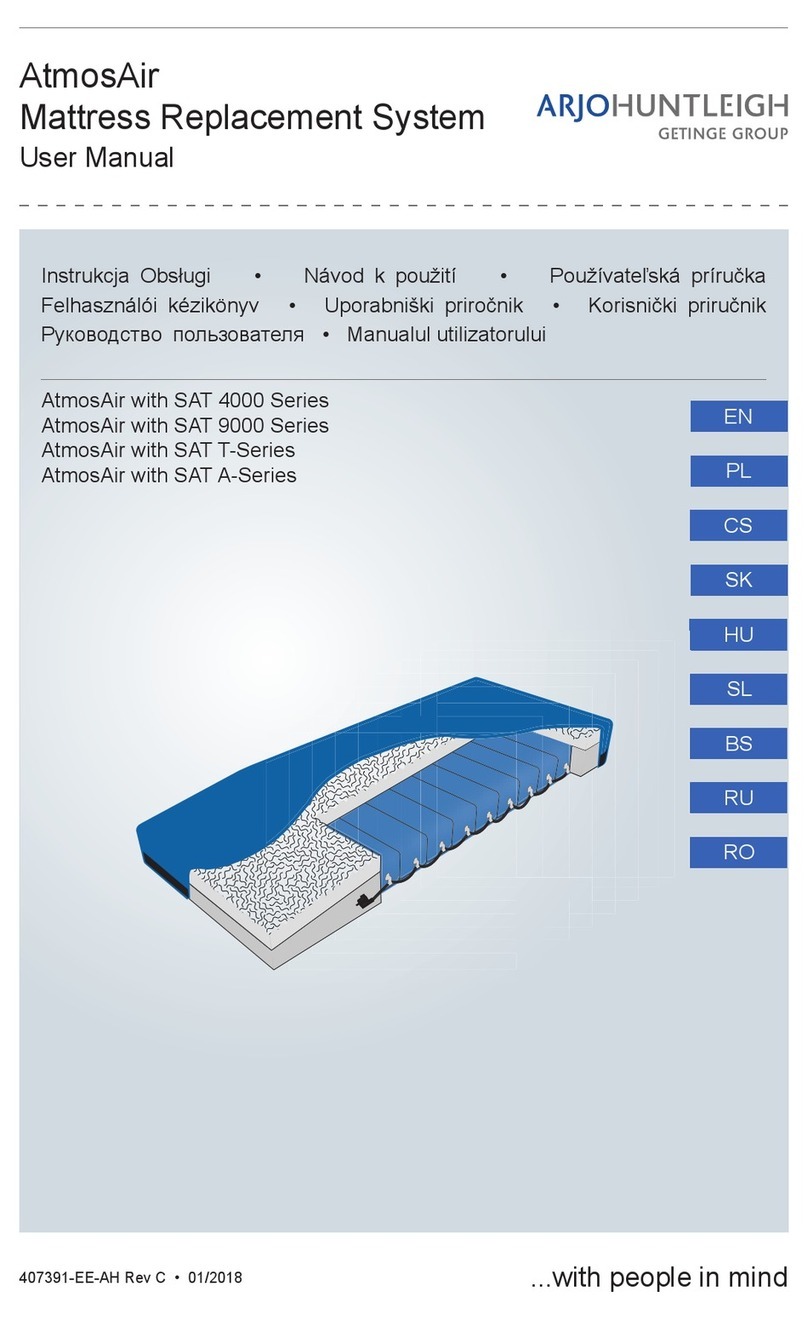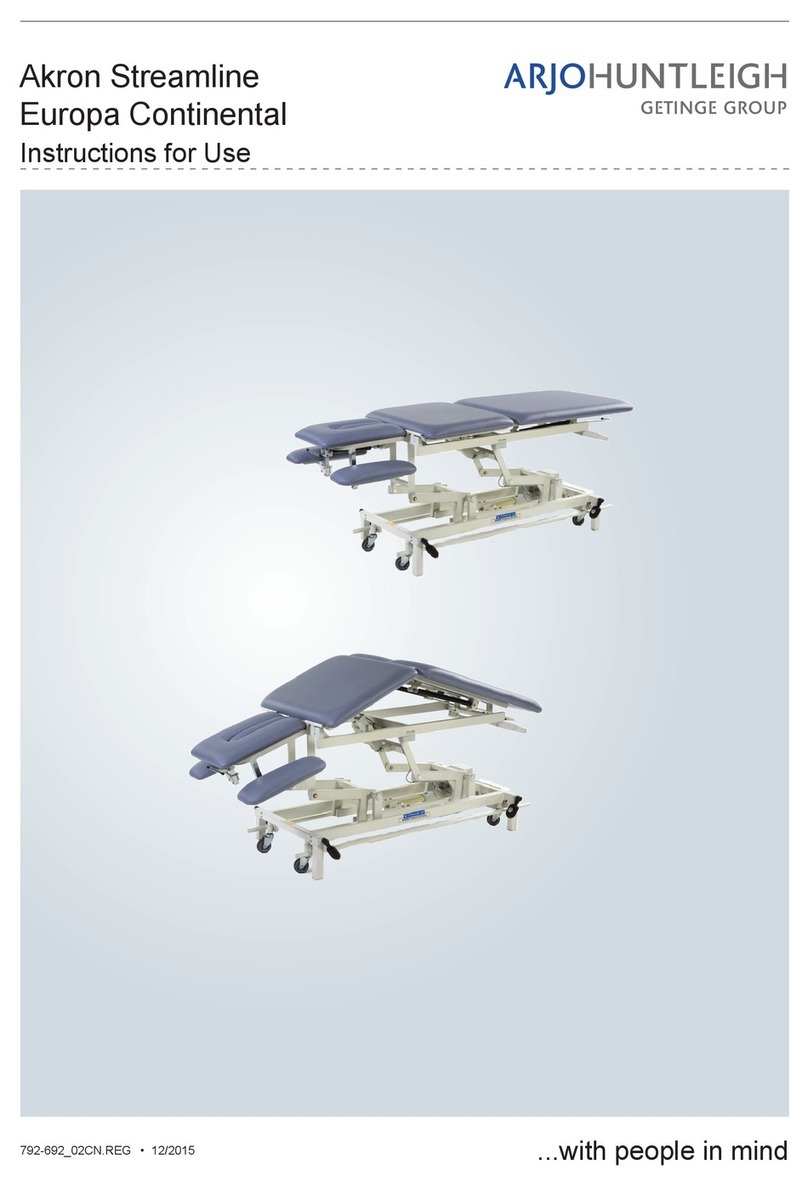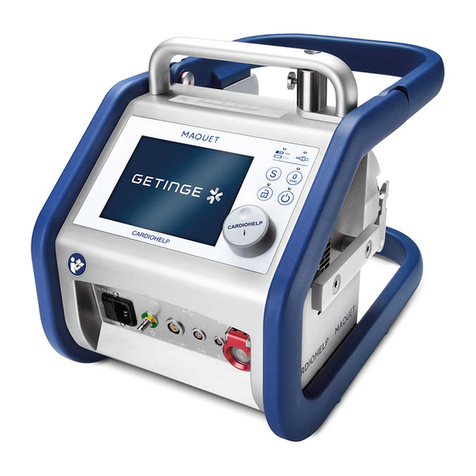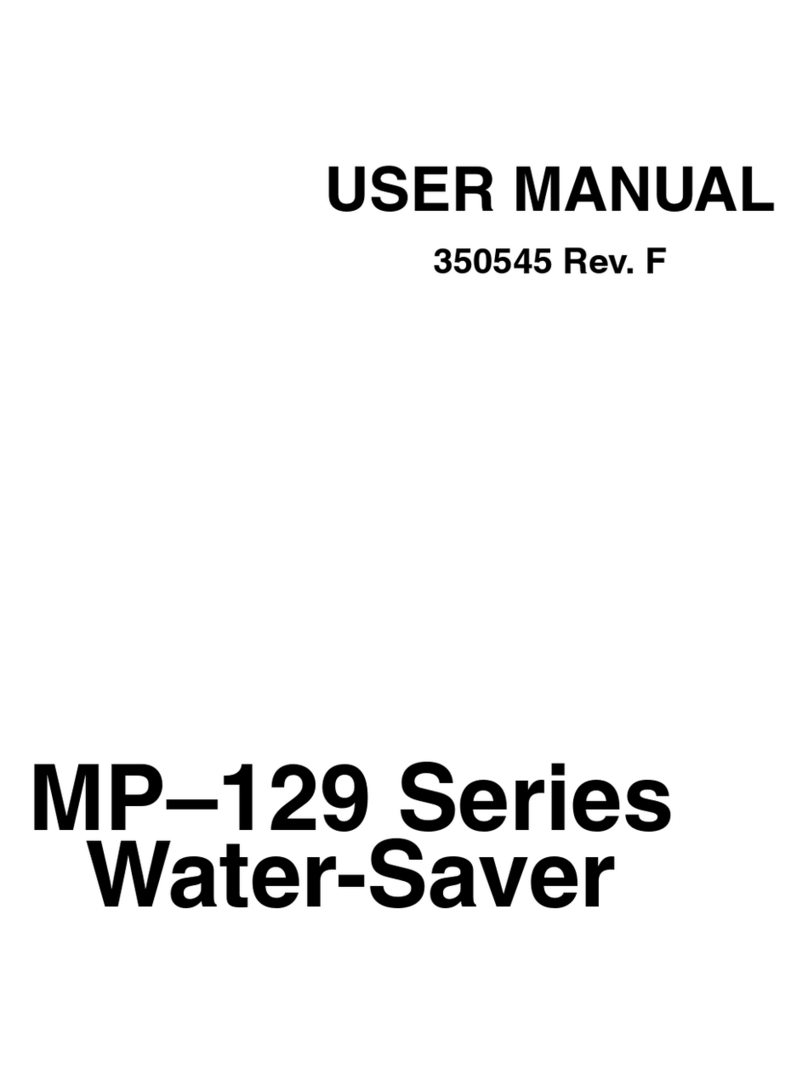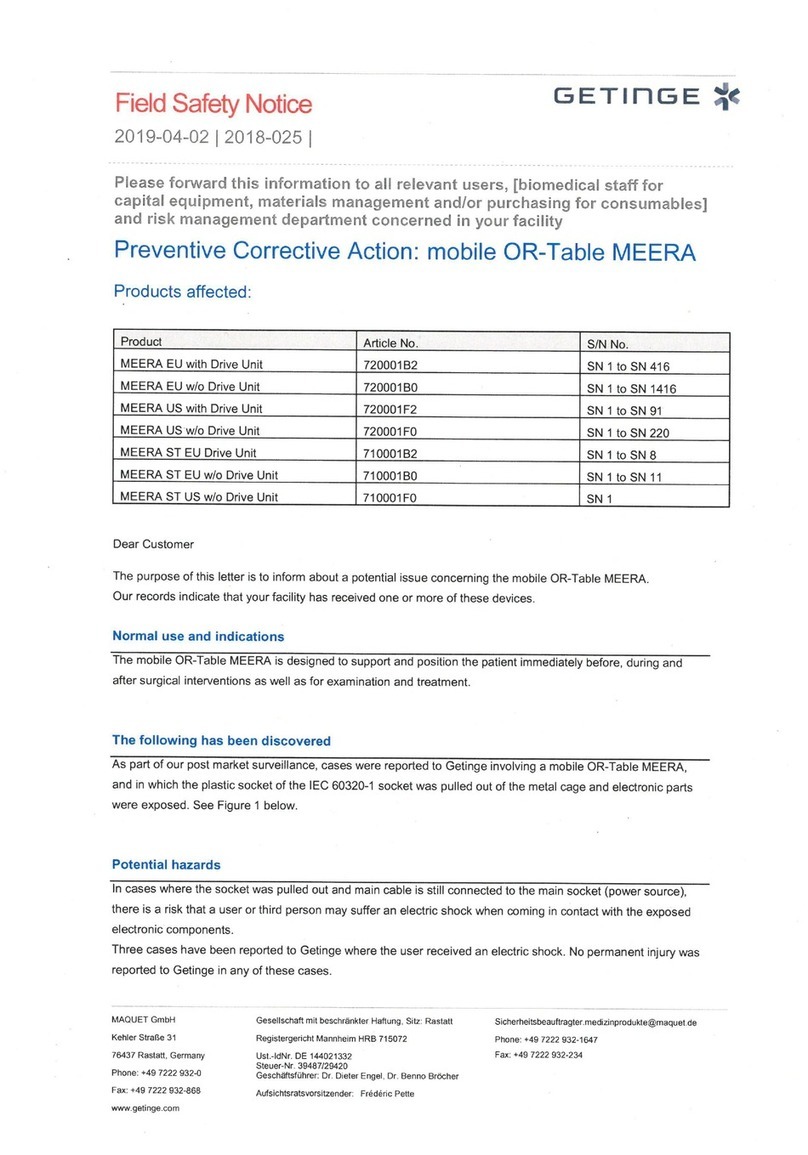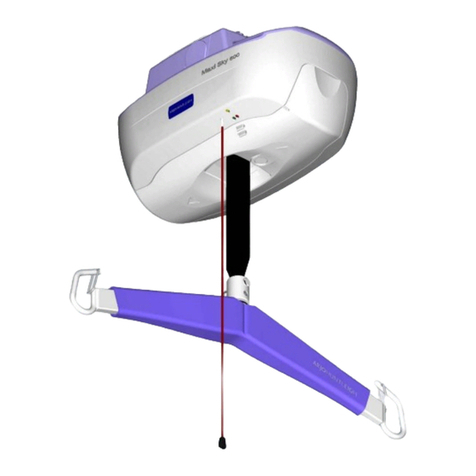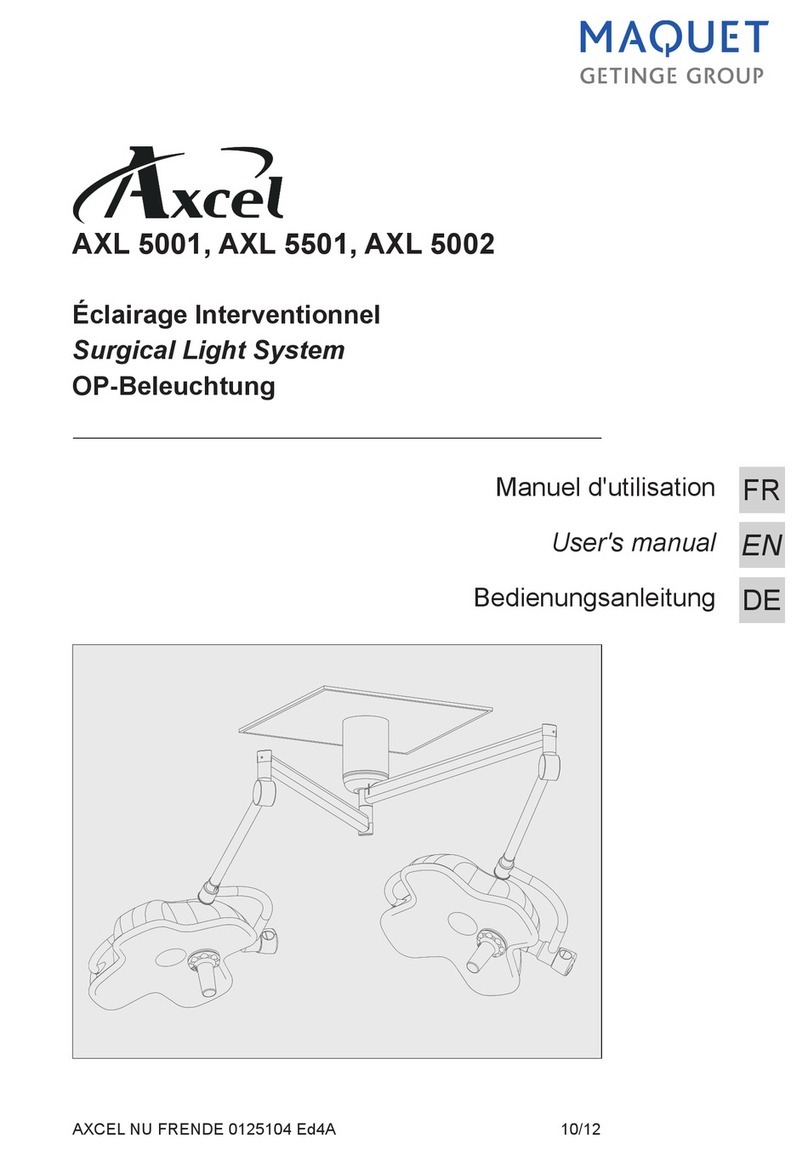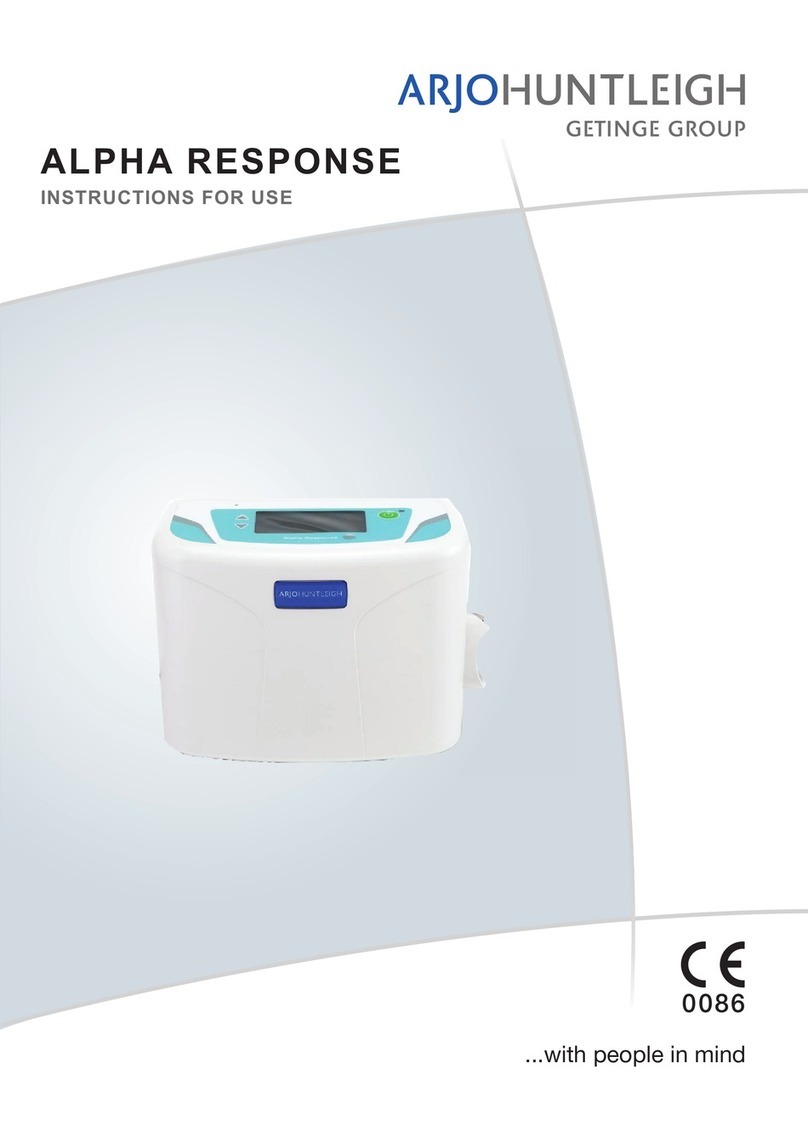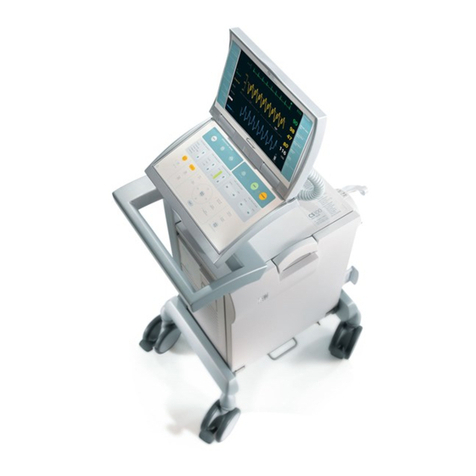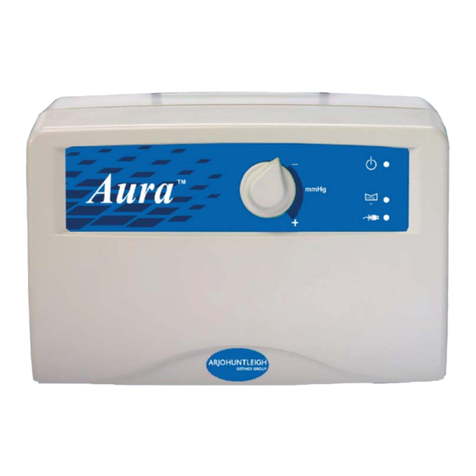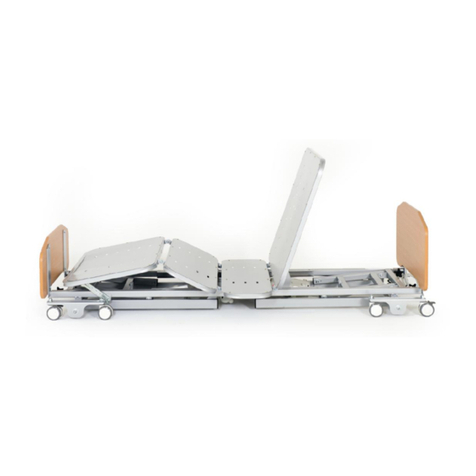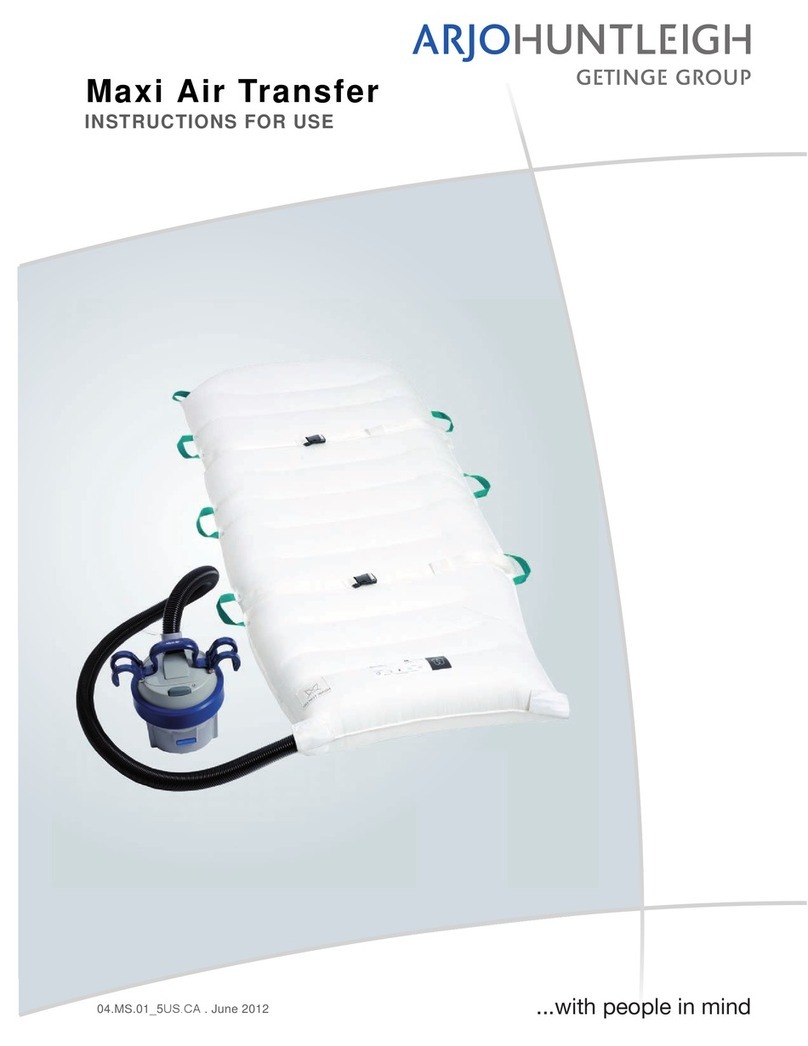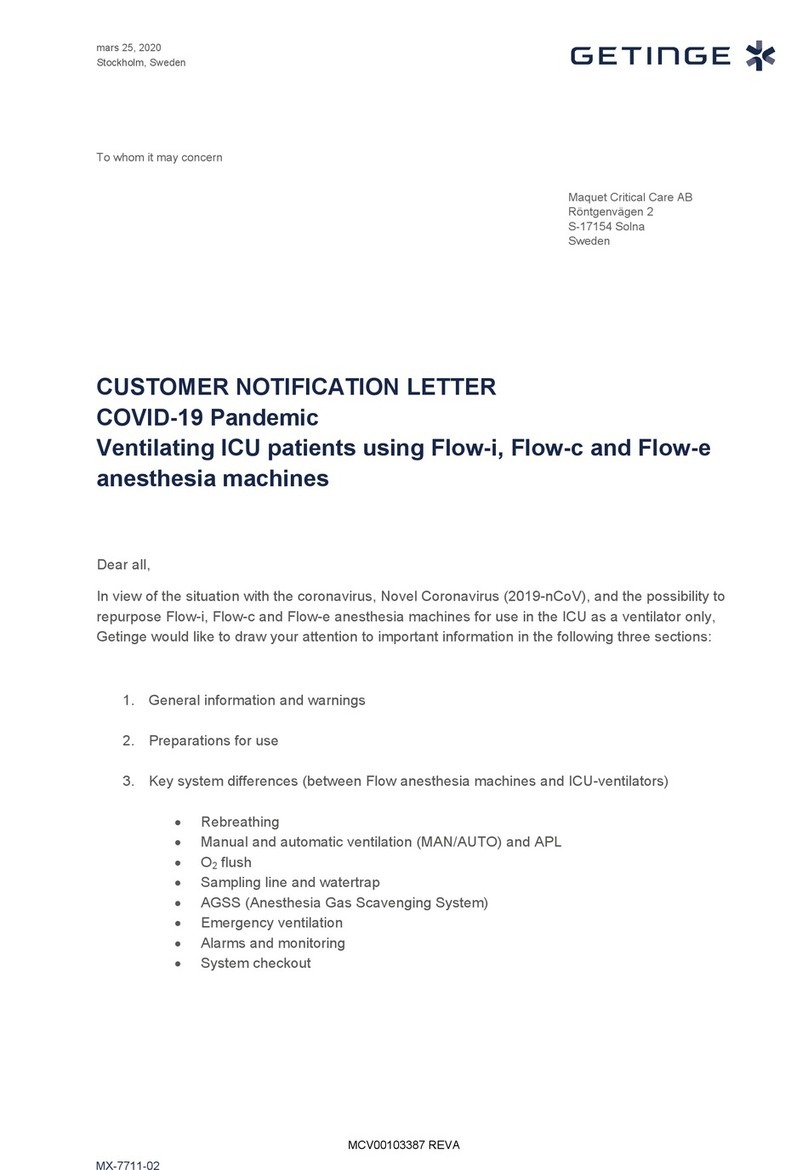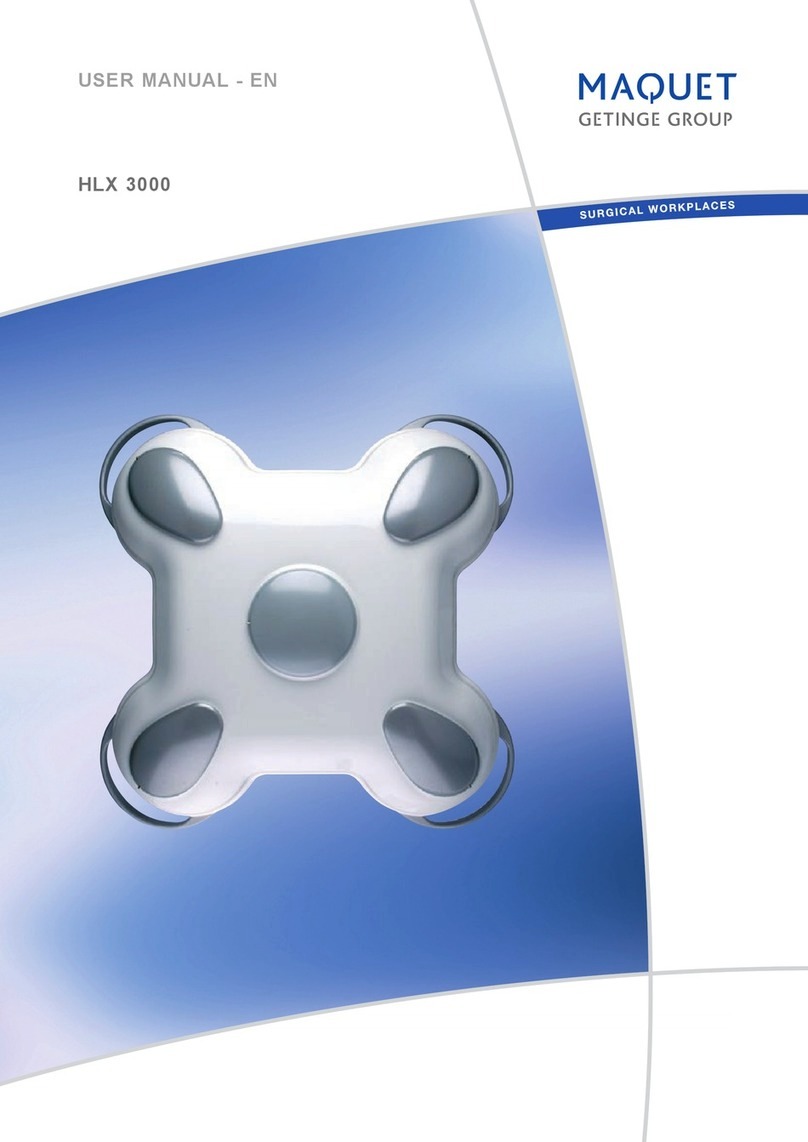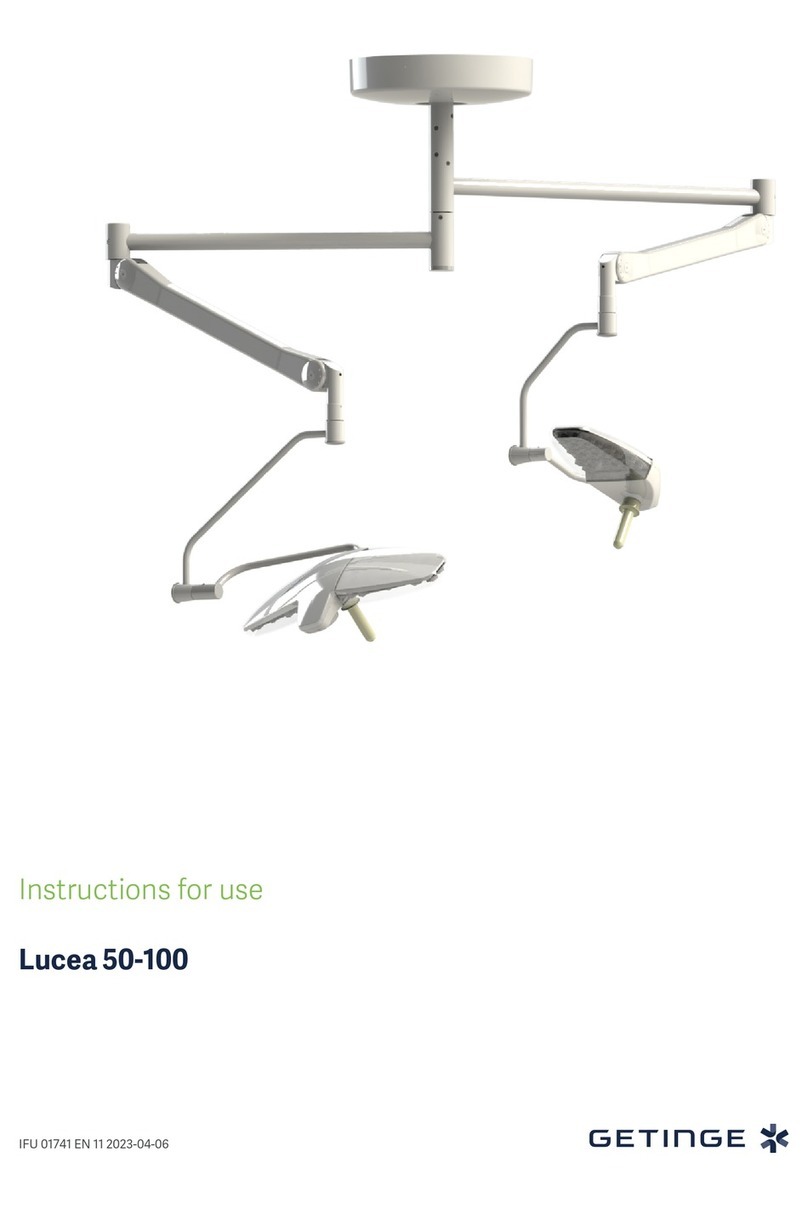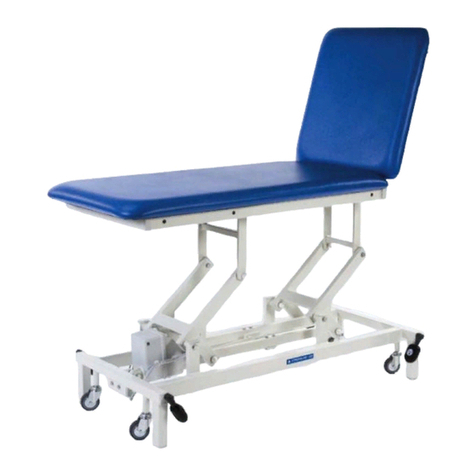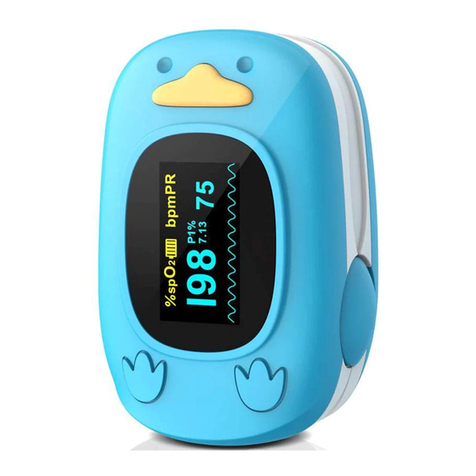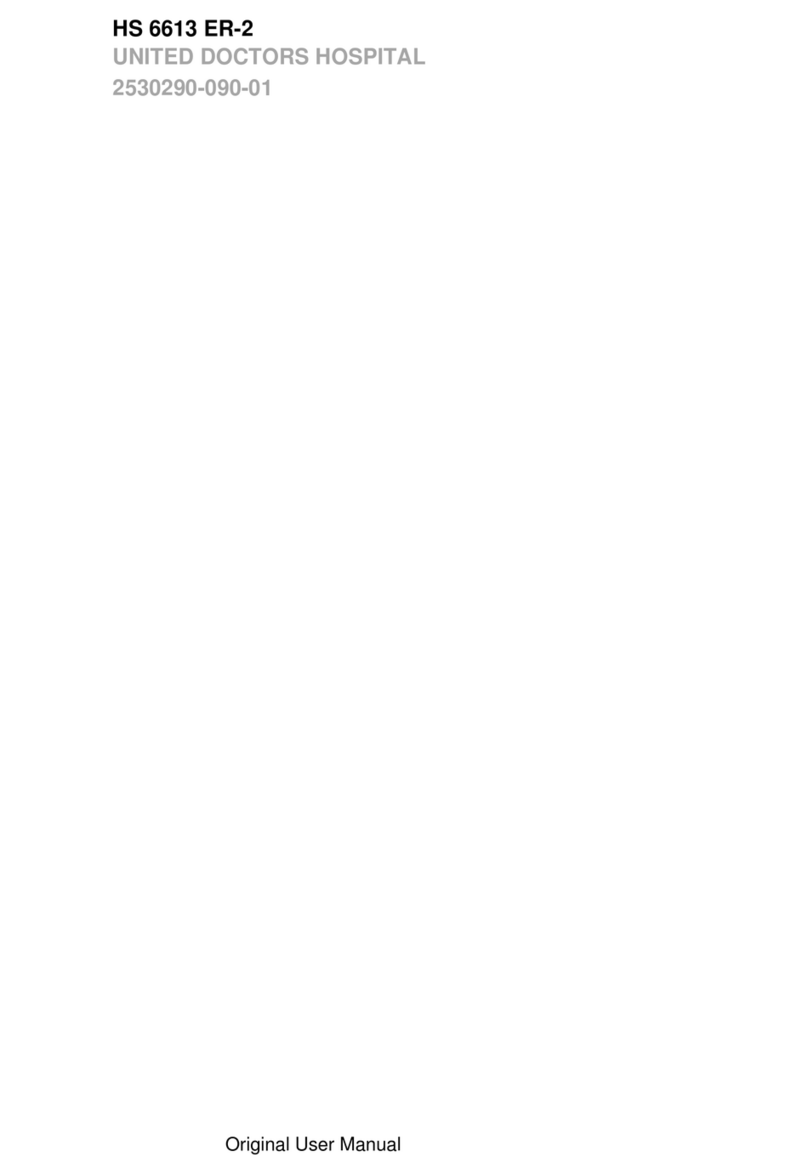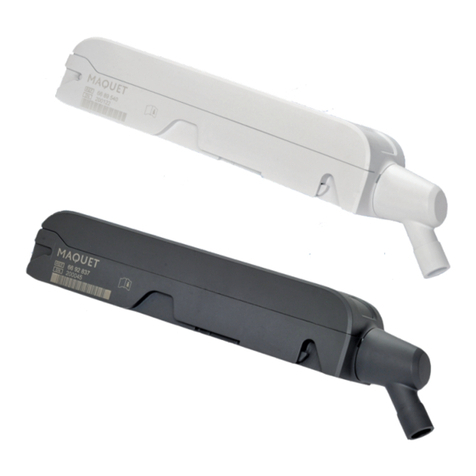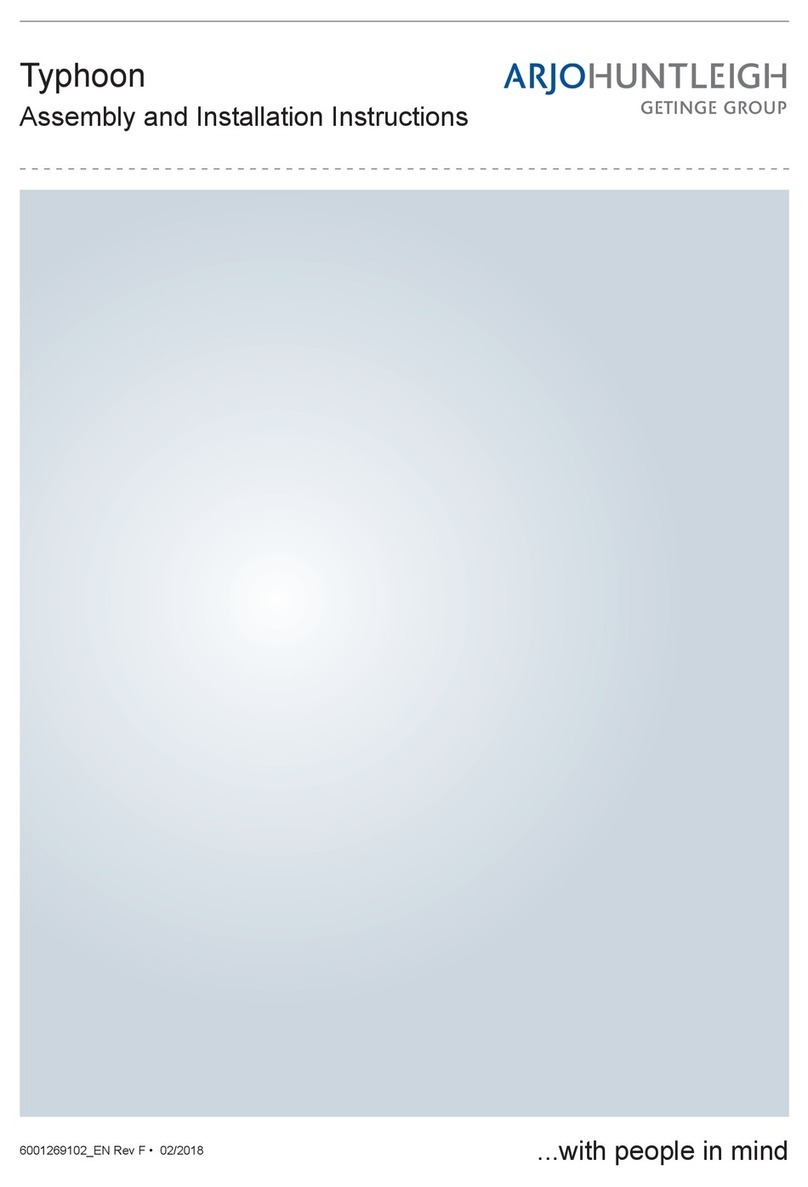
2
Contraindications
Patient conditions for which the BariAir Therapy System is contraindicated include:
• unstable cervical, thoracic and / or lumbar fracture
• cervical and skeletal traction
• total weight in excess of 850 lb (386 kg, including accessories)
Risks and Precautions
Transfer - Precaution should be taken during patient transfer, including the locking of caster brakes and caster
steering (see Patient Transfer under Patient Placement section).
Side Rails and Restraints - WARNING: Use of restraints, including side rails, can be critical to patient safety. Serious
injury or death can result from the use (potential entrapment) or non-use (potential patient falls) of side rails or other
restraints. See related Safety Information.
Patient Restraints ‑ Patient restraints may not be used with this bed.
Patient Migration ‑ Specialty surfaces have different shear and support characteristics than conventional surfaces
and may increase the risk of patient movement, sinking and / or migration into hazardous positions of entrapment
and / or inadvertent bed exit. While the BariAir Therapy System footboard can gradually release under loads, patients
may slide out of bed over the footboard, potentially risking serious injury. Such risks are increased if the head of the
bed is elevated or if the footboard has been manually released. Monitor patients frequently to guard against
patient entrapment.
Electromagnetic Interference - Although this equipment conforms with the intent of the directive 89/336/EEC
in relation to electromagnetic compatibility, all electrical equipment may produce interference. If interference is
suspected, move equipment away from sensitive devices or contact the manufacturer.
Shock Hazard ‑ Electrical shock hazard, do not remove covers. Refer to qualified service personnel.
Releasing the Footboard ‑ In some instances, releasing the footboard may increase risk of injury by making it easier
for the patient to slide out of the bed, over the footboard and onto the floor.
Safety Information
General Protocols ‑ Follow all applicable safety rules and institution protocols concerning patient and caregiver
safety.
Skin Care ‑ Monitor skin conditions regularly, particularly at bony prominences and in areas where incontinence and
drainage occur or collect, and consider adjunct or alternative therapies for high acuity patients. Early intervention
may be essential to preventing serious skin breakdown.
Brakes ‑ Caster brakes should always be locked once the bed is in position.
Bed Height ‑ To minimize the risks of falls or injury the bed should always be in the lowest practical position when
the patient is unattended. Make sure the area under and around the bed frame is clear of objects, persons and parts
of body before adjusting height.
Side Rails / Patient Restraints ‑ Whether and how to use side rails or restraints is a decision that should be based
on each patient’s needs and should be made by the patient and the patient’s family, physician and caregivers, with
facility protocols in mind. Caregivers should assess risks and benefits of side rail / restraint use (including entrapment
and patient falls from bed) in conjunction with individual patient needs, and should discuss use or non-use with
patient and / or family. Consider not only the clinical and other needs of the patient but also the risks of fatal or
serious injury from falling out of bed and from patient entrapment in or around the side rails, restraints or other
